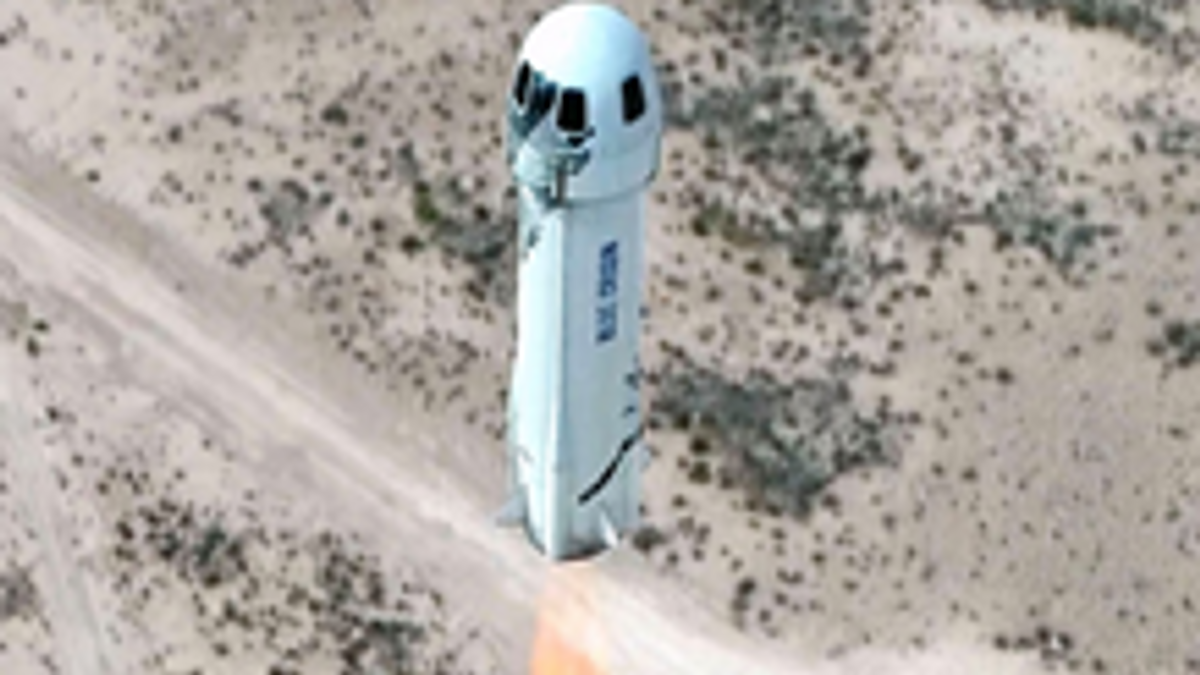
Adventure of Commercial Sub-Orbital Flights
Amidst the Covid19 disdain over the world, a good news has come for the adventure tourism. Blue Origin owned by the Amazon founder Jeff Bezos has announced that he will be joining his brother Mark Bezos in riding the first crewed suborbital ‘space’ flight on 22 July 21. The flight will also have one passenger who has earned a seat by virtue of being the highest bidder (possibly of the order of $2.5 million).
Its New Shepard rocket-and-capsule combo of the Blue origin is designed to autonomously fly six passengers above the Karman’s line (100 km) above Earth into suborbital space, high enough to experience of weightlessness and see the curvature of the planet Earth. It will have a fully pressurized capsule for six passengers each having own transparent window to experience the visual thrills as well. The flights are expected to have three clear objectives namely experience the weightlessness, see the curvature of the Earth and if possible, visualize the sunrise which is entirely a different experience in Space.
The reusable rocket will separate out to land back. The crew/passenger capsule after separation from the rocket launcher is automated to continue its flight to above 100 km and then enter free fall of about 3 minutes. The crew capsule has the reverse thrusters to reduce the speed substantially before the craft makes re-entry to the atmosphere around 35 km above the surface of the earth. The craft velocity will be just about 3-4 Mac hence the atmospheric frictional heat generated will be much less than the re-entry of the orbital flights having speeds of the order of 20-25 Mach. The trajectory of the craft is so designed that the landing will be approximately at the same place where from they had taken off.
As mentioned, it is a fully pressurized capsule with six passengers seats. Surely, there will be a standard short-duration personal Life support system (or suborbital suit) for all occupants. For sustaining life under sub-orbital or orbital flights, the physical and physiological parameters are similar except that in a short duration flight, regeneration technology may not be required (Design Concepts in Human Space Flights; Space Suit and Health monitoring; The Counterviews, Issue 3:04 & 05). It could be a simpler full pressure suit with an open loop breathing system. It is worth mentioning here that there have been 15 successful test flights of Blue Origin but none with the human crew/passenger. Although the craft is believed to be fully automated, one or two crew will still be there for any override action.
Commercial Space Flights have been in news for over decades. Virgin Galactic agency first proposed the suborbital flights in 2008. Blue Origin (mentioned above) is developing suborbital flights with its New Shepard spacecraft. New Shepard has flown above the Karman line and landed in 2015 and the same vehicle was re-flown to above the Karman line again in 2016. In April 2021 they completed their fifteenth test flight with the next mission, NS 16, aiming to carry a crew as early as 20 July 2021.
On 16 September 2014, SpaceX and Boeing were awarded contracts as part of NASA's program to develop their Crew Dragon and CST-100 Starliner spacecraft respectively. Both are capsule designs to take crew to the orbit and the ISS, a different commercial market than that addressed by Virgin Galactic.
